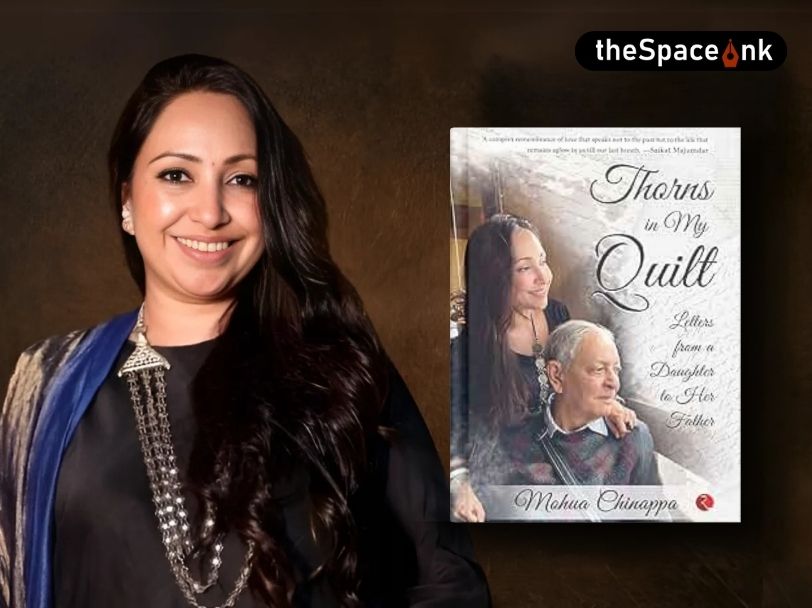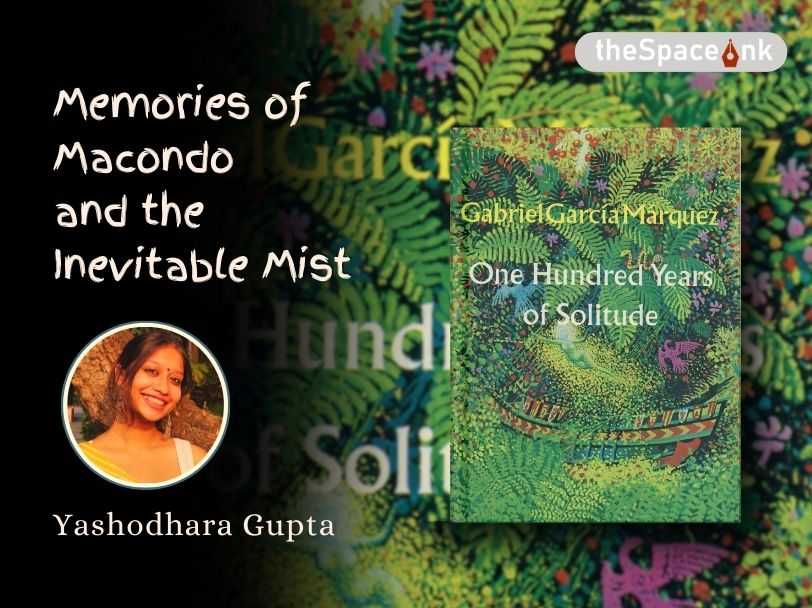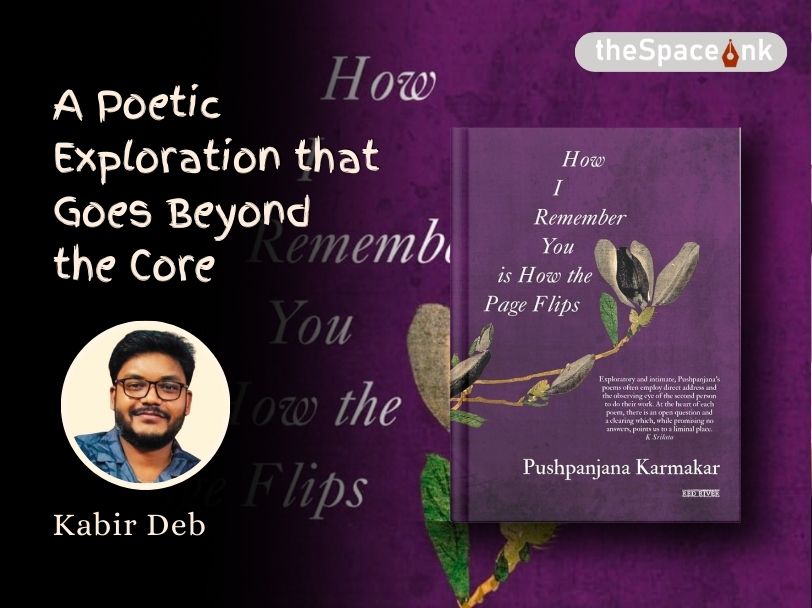Rituparno Ghosh, the national award winning filmmaker from Bengal had introduced a new cinematic language in the 1990s with films like Unishe April, Bariwali, Dahan and more. However, towards to end of his career cut short by an untimely death on 30 May 2013, he veered into the then still very controversial realm of alternative sexuality in his films and collaborations. He was also a transgender himself and took great pains to introduce questions on gender and sexuality in the popular discourse. On his tenth death anniversary, Shoma A. Chatterji explores what was really his swansong— ‘Chitrangada: The Crowning Wish’, the first Indian film to discuss sex-reassignment surgery.
Rituparno Ghosh is the only Indian director till date to have taken the risk of projecting his androgyny and his sexual preferences unabashedly and unapologetically. He did this through three films in his last phase. Of these three, only one (Chitrangada) was directed by him. The other two namely ‘Memories in March’ and ‘Arekti Premer Golpo’ were directed by Sanjoy Nag and Kaushik Ganguly respectively. No Indian feature film till Ghosh’s film Chitrangada – The Crowning Wish, touched upon a subject like sex reassignment surgery by a man to become a woman.
Chitrangada – The Crowning Wish, written and directed by Rituparno Ghosh tackles this issue head-on through the eyes of its protagonist Rudra Chatterjee enacted by Ghosh himself. Rudrajit is a dancer-choreographer who is in the process of choreographing Rabindranath Tagore’s dance drama Chitrangada (1898) to celebrate the bard’s 150th birth anniversary. He is gay and develops a strange relationship with the replacement drummer, Partho who is a drug addict.
It is the first ever full-length, Indian feature film that tackles the daring and fragile subject of sex reassignment surgery. This involves a series of life-threatening surgeries which Rudrajit Chatterjee (Rituparno Ghosh), an innovative and talented choreographer decides to go through even as he prepares to stage his interpretation of Tagore’s dance drama Chitrangada (1898). His choice of Chitrangada is linked to the parallels he finds between the story of this Manipuri princess who was brought up like a boy by her father and himself, Rudra Chatterjee who feels trapped within his ‘mainstream’ life with conservative parents while his ‘crowning wish’ is to become a woman.

Why does Rudra decide on this complex series of surgeries to change his sex? He discovers that Partho is very fond of children. As the law forbids adoption by two male partners, Rudra does not want Partho to regret not having children and decides on this surgery. Sex reassignment surgery however, is a long-term, delicate and complex process that has deep emotional and psychological repercussions not only on the person undergoing the procedures but also on the people he is closely related to such as his parents, colleagues in the dance troupe, his friends and most importantly, Partho, his lover.
Sex reassignment surgery from male to female involves reshaping the male genitals into a form with the appearance of and, as far as possible, the function of female genitalia. Lili Elbe was the first known recipient of male-to-female sex reassignment surgery in Germany in 1930. She was the subject of five surgeries. However, she died three months after her fifth operation. The first male-to-female surgeries in the United States took place in 1966 at the Johns Hopkins University Medical Center. The first physician who performed sex reassignment surgeries in the US was the late Dr. Elmer Belt. He stopped these surgeries in the late sixties.
The aesthetic, sensational, and functional results of any process involved in the many surgeries within SRS vary greatly. Surgeons vary considerably in their techniques and skills; patients’ skins vary in elasticity and healing ability (affected by smoking for example), previous surgeries in the given areas, and complications resulting from problems such as infections, blood loss, or nerve damage. However, in the best cases, when recovery from surgery is complete, it is difficult for anyone to detect that someone has undergone SRS.
Chitrangada however, has a slightly different story to tell, rather, several different stories. The lines between Rituparno as performer on screen and Rituparno as the man away from screen get blurred as the film keeps leaning on the Tagore story picked from an episode of the Mahabharata to rationalize Ritu/Rudra’s struggles not only with the sex he is born with and into, but also the sex he wants to change into. Rituparno who was in real life a transgender by choice had undergone several surgeries. Rudra goes through the process of becoming a woman but is never sure whether he is doing it to have a fulfilling life with Rudra or whether it is because he is unhappy in the sex he was born into. It did not occur to him to question whether the long gaps in his close association with Partho because of the surgical procedures might create a deep dent in a relationship that was just getting built. He did not consider that a drug addict might also be fickle enough to turn to the first person – this time – a woman, to fall for and ditch him unceremoniously. Ghosh the filmmaker says that the film explores the right of a person to choose and explore his/her sexuality in a world where everything is in a state of constant flux.

Ghosh says, “This is a changeable world. Nothing is permanent – possessions, love, things we own, even our own bodies. Why then do we cling to things like gender and identity with such fierceness? Why do we turn them into such issues? Chitrangada is Tagore’s exploration into the reality of identity. It asks the question – who are we, really?”
In 1869, the German homosexual rights advocate Karl Heinrich Ulrichs introduced the idea of self-disclosure as a means of emancipation. He claimed that being unheard was the primary problem of being accepted in the public domain and he insisted that gay and homosexuals need to reveal their sexuality for a larger societal acceptance. The situation hasn’t changed much in the exterior. In the inside however there are occurrences like in Chitrangada where we as audience embark on the next level where the disclosure of ‘self’ comes predefined, the crux lies in confronting the ‘self’.
The constant reference to Tagore’s Chitrangada does not establish Ghosh’s theory. Chitrangada, a Manipuri princess, was brought up by her father like a son. When Arjuna sees her for the first time, he takes her to be a young man and turns away. But she falls in love with him at first sight and asks Madana, the God of Love, to transform her into a beautiful woman. He grants her this wish but only for a year. Arjuna and the transformed Chitrangada now enjoy emotional togetherness till Arjuna tires of her beauty and hearing about the brave feats of the original Chitrangada in male garb, wants to meet her in person. The beautiful Chitrangada asks Madana to reverse the boon. Chitrangada and Arjuna lead a happy life and even beget a son till Arjuna goes away when his exile is over. The imaginatively designed abstracts from the performance of Tagore’s Chitrangada within the film are Rudra’s interpretation of Tagore’s text.
Chitrangada however, has a slightly different story to tell, rather, several different stories. The lines between Rituparno as performer on screen and Rituparno as the man away from screen get blurred as the film keeps leaning on the Tagore story picked from an episode of the Mahabharata to rationalize Ritu/Rudra’s struggles not only with the sex he is born with and into, but also the sex he wants to change into.
Sex reassignment surgery is a long-term, delicate and complex process that has deep emotional, social and psychological repercussions not only on the person undergoing the surgeries but also on the people around him– parents, his colleagues in the dance troupe, his friends and most importantly, Partho, his lover. The film is structured in a complex series of edited shots anchored to Rudra’s room in the hospital opening with the camera closing in on him after the first surgery. Sadly, from this point on, the camera rarely leaves Rudra’s persona explained through childhood memories of humiliation and rejection, hallucinations, surreal and real reflections and introspections into the dance drama, intimate exchanges with his pained parents and so on. It is a cinematographer’s prized opportunity for Avik Mukherjee who is completely in command. Arghya Kamal Mitra has taken full advantage of experimental editing in a non-linear narrative with a skewed, chronological story. Debajyoti Mishra’s music is wonderful as it explores Tagore and adheres to Tagore. The same applies to choreographer Sharmila Biswas’s innovative aesthetics.
The only common link between Rudra’s and Chitrangada’s experience is that both want to go back to what they were acculturated to be. But while Chitrangada is happy to rule Manipur after her father’s demise without Arjuna beside her, we know for certain that Rudra’s love story ends on a tragic note of uncertainty. Though director Rituparno is reduced to a secondary position when he begins to face the camera, the film remains an archival document on the sex and identity question.
Images courtesy: Sanjeet Chowdhury & Shoma A. Chatterji.
Shoma A. Chatterji is a freelance journalist, film scholar and author based in Kolkata. She has won the National Award twice, in 1991 and 2000. She has authored 26 published titles of which 14 are on different areas of Indian cinema. She holds two Masters Degrees and a Ph.D. in History (Indian Cinema). She has also won a few Lifetime Achievement Awards from different organizations over time.








